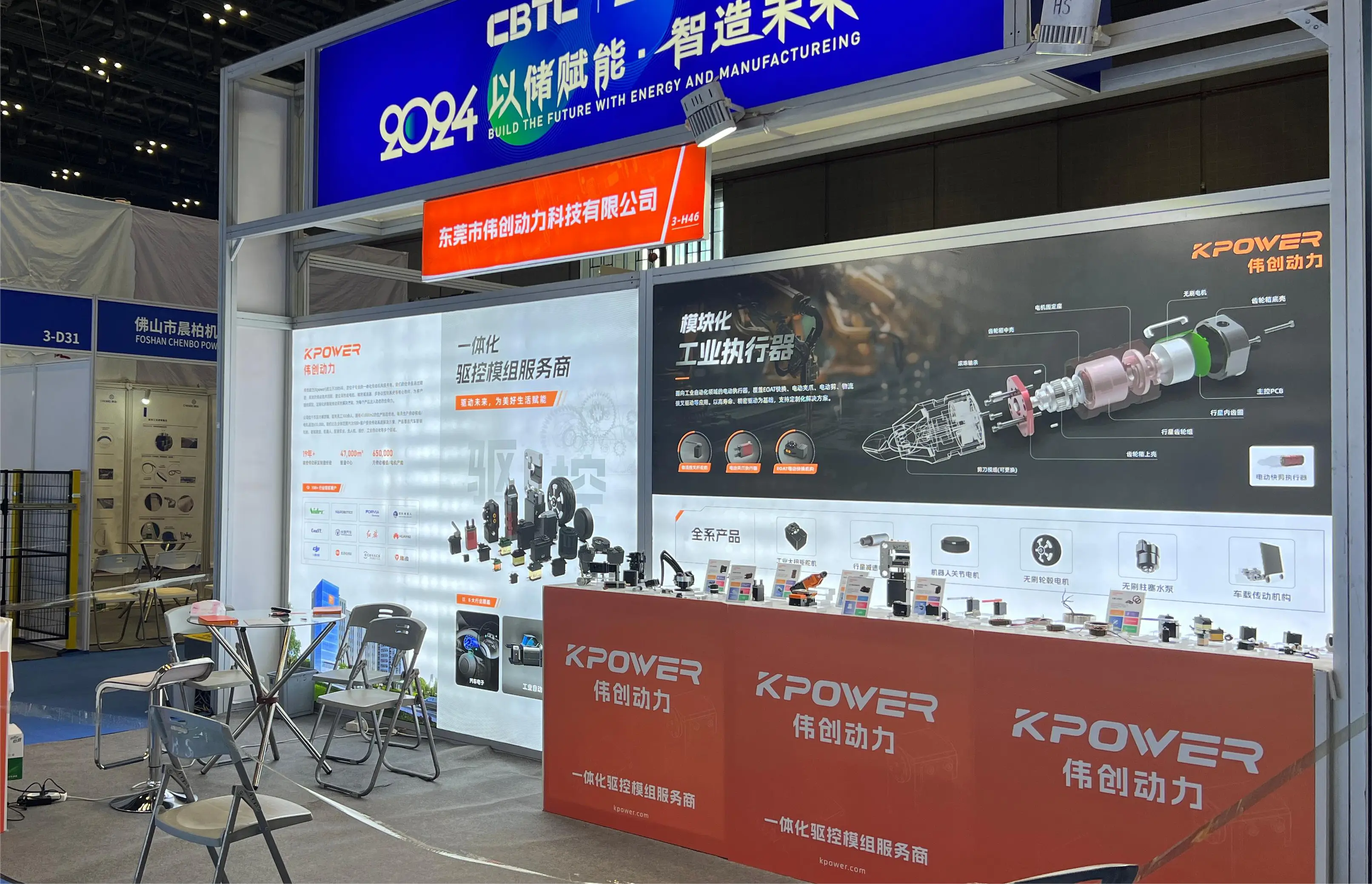Imagine you're at a bustling food market. There are dozens of stalls, each selling different delicacies. Some serve spicy noodles, others fresh sushi, some homemade pies. Now, think of a complex software system like this vibrant market. Instead of one giant kitchen where everything is cooked together, you have separate stalls — each with its own specialty. That’s essentially what microservices architecture is all about.

At the core, microservices break down a big, monolithic application into small, independent pieces. Each piece — or microservice — handles a specific function. Want a payment system? It’s a microservice. Need a user login? That’s another microservice. What makes this clever is that these mini systems can talk to each other, but they run independently. So, if one stall gets overwhelmed with customers, it doesn’t crash the whole market. That’s a big deal in today’s fast-paced digital world.
But why does this matter? Because it brings agility. Think about rolling out new features. Instead of reworking a massive single application, you can just update the relevant microservice. It’s like swapping out one stall’s menu without shutting down the whole market. Dev teams love this—they can work faster, fix bugs quicker, and deploy updates more confidently. Plus, scaling becomes easier. If that sushi stall gets popular, just boost its capacity without touching other stalls.
Let’s ask ourselves: what’s the real advantage here? Flexibility. Imagine a business that needs to pivot rapidly—adding a new payment method overnight, or integrating a new social media login. Microservices make that possible. They allow different teams to develop, test, and deploy components independently. It’s like having a team of chefs in different kitchens, each perfecting their own recipes, but all contributing to one grand feast.
Of course, microservices aren’t perfect; they come with complexities too. Managing multiple services means dealing with more moving parts. Communication overhead can become a challenge, and maintaining consistency across services takes planning. But, with the right tools and architecture, those hurdles are manageable.
So, what’s the big takeaway? If you’re looking for a scalable, flexible way to build and grow your applications, microservices architecture is the buzzword you’ve been hearing. It’s the difference between a rigid, one-size-fits-all system and a nimble, adaptable ecosystem. Think of it as upgrading from a single, cumbersome engine to a set of finely-tuned, independent engines working in harmony. The potential? Nearly limitless. And once you get a feel for it, you'll see how this approach can redefine the future of software development.
Established in 2005, Kpower has been dedicated to a professional compact motion unit manufacturer, headquartered in Dongguan, Guangdong Province, China. Leveraging innovations in modular drive technology, Kpower integrates high-performance motors, precision reducers, and multi-protocol control systems to provide efficient and customized smart drive system solutions. Kpower has delivered professional drive system solutions to over 500 enterprise clients globally with products covering various fields such as Smart Home Systems, Automatic Electronics, Robotics, Precision Agriculture, Drones, and Industrial Automation.




































